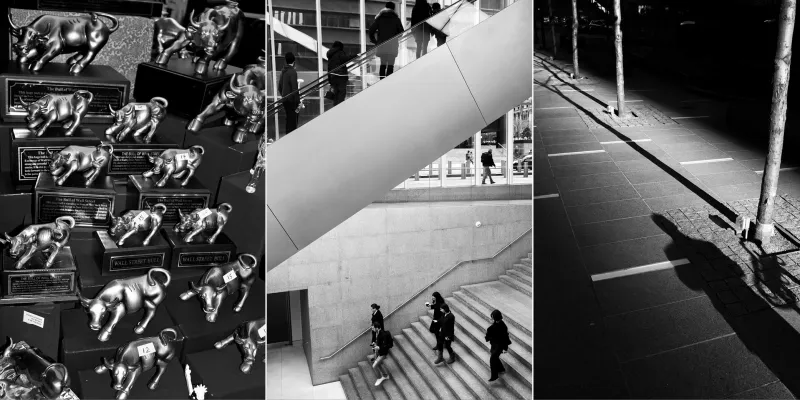
Photographs by Jonno Rattman
To our knowledge, there is no published Baedeker (save for, perhaps, a subtext of Den of Thieves) devoted to introducing residents, visitors, and day laborers to the rich history of Wall Street malfeasance — financial or otherwise. To remedy this, we offer a serpentine stroll from the corner of Broad and Pearl streets up to Wall Street, around a few corners, and ending across from 1 Liberty Plaza. While we admit our crime crawl is somewhat arbitrary and we are totally guilty of omitting numerous boldface firms and scoundrels beyond the immediate vicinity, we present an entertaining way to spend a lunch hour this spring.




